Can you trust a document stored in one place?
In a rapidly changing world, where cyberattacks are becoming more sophisticated, the need for transparency is growing, and corporate decisions are becoming more data-driven, a crucial question arises : Is traditional archiving still sufficient to protect and preserve vital transactions?
Relying on a central server to store documents and transactions, although common, no longer meets the requirements of modern organizations. Every day, traditional archiving systems are exposed to various threats, ranging from hacking and tampering to data loss due to malfunctions or natural disasters. Therefore, it has become necessary to consider a more flexible and secure alternative model : decentralized archiving .
What if every transaction in your organization was documented instantly, stored in a tamper-proof network, and accessible—and verifiable—from anywhere?
This is the promise of technologies like blockchain and P2P networks , which have revolutionized data storage and opened the door to a new future in documenting administrative transactions, both internal and external .
What is decentralized archiving?
Decentralized archiving represents a fundamental shift in the philosophy of document and transaction preservation, moving from the traditional model based on centralized servers to one based on distributing data across a multi-point network, where identical and protected copies of files are stored in different locations that are difficult to hack or disrupt .
🧠 The idea Simply put :
In a traditional system, documents are stored in a central database within an institutional server. In decentralized archiving, data is divided or replicated across a network of nodes , making data access more flexible and preventing data loss due to a single failure .
🧾 Techniques Supportive :
The most prominent technologies that support this trend are:
- Blockchain : Every transaction or modification is stored as a "block" linked in time to what came before and after it, and cannot be changed without the network's consensus, providing an unprecedented layer of chronological documentation and protection .
- Peer-to- peer networks : allow files to be distributed directly between users, without the need for a central intermediary, which reduces dependence on a single point and enhances continuity .
🏛️ The difference between Central Decentralization :
|
comparison |
Central Archives |
Decentralized archiving |
|
Point of failure |
One (central server) |
Distributed (multiple independent nodes) |
|
Security |
Vulnerable to hacking if jailbroken |
Multi-layer encryption and privilege distribution |
|
Manipulative |
Possible internally or externally |
Almost impossible without immediate detection |
|
Access |
Requires permission from a central server. |
It can be made available through flexible and secure permissions. |
💬 Example My explanation :
If a government agency archives its incoming and outgoing correspondence using blockchain technology, each document would be time-stamped and cryptographically signed, and could not be modified later without immediate disclosure. This makes tampering or denial impossible, enhancing transparency and credibility in transactions .
Benefits of decentralized archiving
The shift to decentralized archiving is not just a technical development, but a strategic step that enables organizations to enhance security, reliability, and transparency in information management. Here are the key benefits that make this trend promising :
🔐 Safety not Preceded against manipulation And penetration
Thanks to the cryptographic nature of networks like blockchain, every document or transaction stored therein becomes unchangeable without detection . Even if someone gains access to the system, changing any information requires the collective consent of participating nodes, making tampering nearly impossible .
Example : If an issued document is saved via a decentralized archive, any subsequent modification to it will be accompanied by a timestamp and encryption that shows who made it, when, and why .
📈 Transparency Complete And documentation My time no maybe Deny it
Every action on documents—from filing to submission to modification—is automatically recorded in a permanent, transparent log. This enhances internal and external confidence in administrative processes and supports compliance with regulatory laws .
Every step taken on the document can be tracked, facilitating legal audits and review .
🌍 Access flexible from any place without a point to fail Central
In decentralized systems, there is no single "server" that could fail at any moment. Data is stored in multiple locations and can be accessed (safely and securely) from anywhere, depending on the permissions granted .
This benefit is essential for organizations that operate with distributed teams or rely on remote work .
🔄 Repetition smart And reduce Lost Data
Decentralized archiving enables simultaneous copies of data at multiple points in time, ensuring business continuity even in the event of a site failure or technical disaster . This saves organizations the cost of heavy infrastructure and complex backup plans .
💰 Reduce Accreditation on Intermediaries and the structure The one in charge
Instead of relying on centralized archiving solutions that consume huge resources (server maintenance, backups, security monitoring, etc.), the organization can benefit from distributed technologies that operate efficiently without a single point of control .
This represents a great opportunity for small and medium-sized enterprises to adopt secure and flexible technologies without significant capital investment .
Potential challenges and limitations of decentralized archiving
Despite the significant advantages offered by decentralized archiving, its adoption is not without real challenges that organizations must understand and plan to address intelligently. Like any new technology, decentralized archiving requires a mature regulatory and technological environment, as well as a change in the prevailing administrative culture .
⚙️ Complexity Technical And difficulty Preparation
One of the biggest challenges organizations face when transitioning to decentralized archiving is the initial technical setup . Blockchain-based or P2P systems require specialized expertise and an integrated software and protocol ecosystem .
Some organizations may need to restructure their infrastructure or train technical teams on entirely new concepts .
⚖️ Ambiguity Frames Legal and organizational
In many countries, laws governing digital archiving still focus on centralized models and do not clearly address new concepts such as distribution, cryptographic signatures, and decentralized time verification. This can lead to difficulties in legally proving documents in the event of a dispute .
It requires cooperation between technical and legal entities to update policies to suit the new reality .
Management Identities and powers in environment Distributed
In centralized systems, it's easy to control user permissions from a single point of control. In a decentralized environment, controlling who can do what becomes more complex and requires new approaches to identity and access management. ( eg: public and private keys, digital signature ).
Any weakness in key management or permissions granting could lead to security vulnerabilities .
💾 Cost Storage on Networks Decentralization
Although decentralized archiving may reduce infrastructure costs, the cost of storing encrypted data on distributed networks (especially public ones such as some types of blockchain) can be high, especially when dealing with large files or frequently updated databases .
🏢 Resistance Change inside Institutions
An equally significant barrier to technical challenges is institutional resistance to change . Employees or managers may be reluctant to adopt a decentralized system that they feel is complex or beyond traditional control .
Overcoming this resistance requires internal awareness and institutional leadership that believes in technological development and smart governance .
Practical uses of decentralized archiving in both incoming and outgoing DocSuite
Incoming and outgoing administrative transactions are among the most sensitive and important types of documents within organizations, whether in government or private settings. In this context, decentralized archiving opens new horizons for ensuring that these transactions are documented securely and tamper-proof. By integrating technologies such as blockchain into document management systems, every outgoing or incoming transaction can be stored with an encrypted time stamp, with a permanent record of when it was sent, who received it, and when it was opened or modified .
DocSuite It represents an advanced model that integrates with this approach, enabling archiving of every action taken on administrative transactions, from creation to transmission and distribution, with the potential to extend protection through decentralized authentication. This integration provides an additional layer of transparency and enhances internal compliance and oversight, especially for transactions that undergo multiple levels of approval or third parties. Thus, inbound and outbound management becomes not only more efficient, but also more reliable and auditable at any time .
Security Information Technology in environment no Central
Information security is one of the most significant strengths of decentralized archiving, but it is also one of the most sensitive and complex. While this environment provides natural protection against hacking and tampering thanks to encryption and distribution, it also poses new challenges in digital key management, identity control, and access control .
In a decentralized model, there is no single point of control that can be attacked, making traditional hacking attacks less effective. However, losing a user's private key could mean losing access to all of their documents. Therefore, decentralized archiving must be accompanied by robust digital identity management strategies, including :
- Strict policies for generating and storing private keys .
- Encrypted backup solutions for the same keys .
- (MFA) mechanisms for secure access .
Technologies such as: DocSuite The ability to integrate these security mechanisms within familiar user interfaces without making employees feel technically complex, which enhances institutional adoption and reduces human errors that could open unintended security vulnerabilities .
In conclusion, adopting decentralized archiving should not be viewed as a technical luxury or a digital fad, but rather as a strategic shift that strengthens organizations' resilience against loss, tampering, and administrative obsolescence. In a world where digital security is no longer an option but a necessity, technologies like blockchain and P2P networks represent a unique opportunity to redefine the concept of "trust" in document and transaction preservation. With intelligent platforms like DocSuite , these technologies can be implemented without sacrificing simplicity or integration with existing systems .
But success in this transformation isn't just about technology. It's about visionary leadership and teams that understand that data isn't just files, but a strategic asset worth protecting and managing innovatively. Hence, the future of archiving is not only more decentralized, but also more transparent, integrated, and secure—for every organization that dares to confidently move forward into the future .
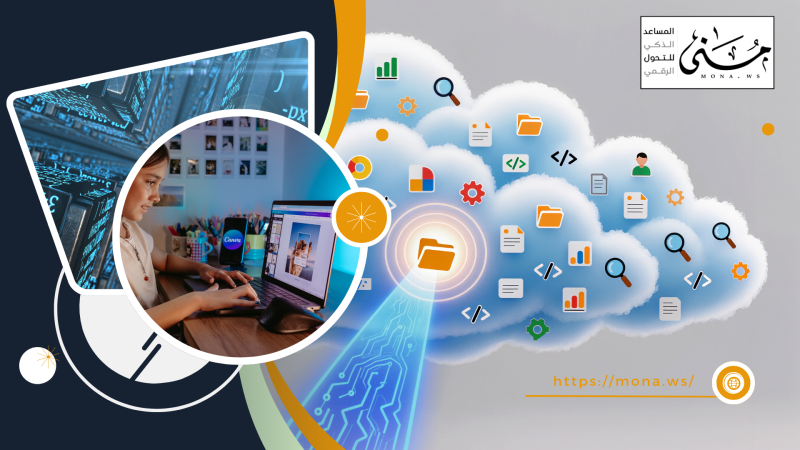

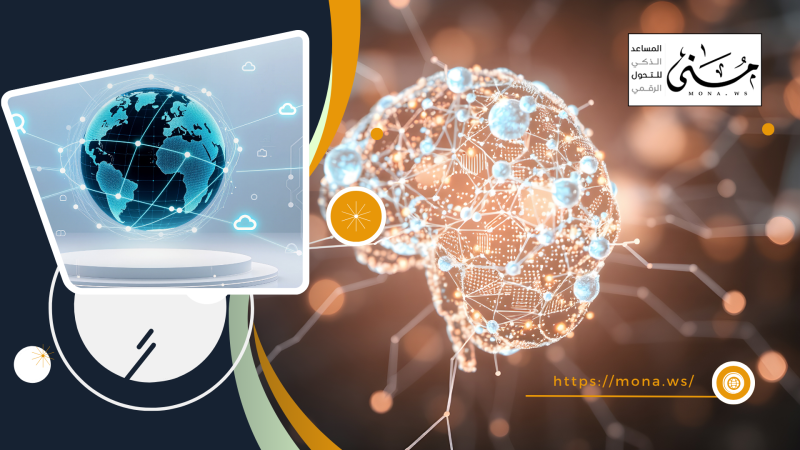
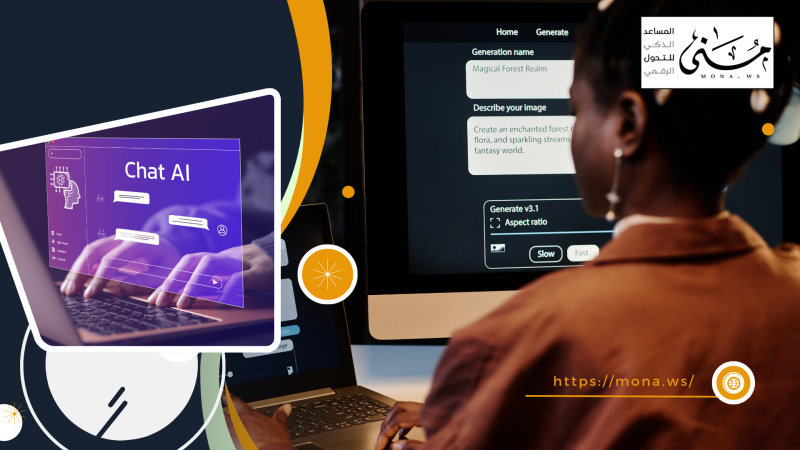
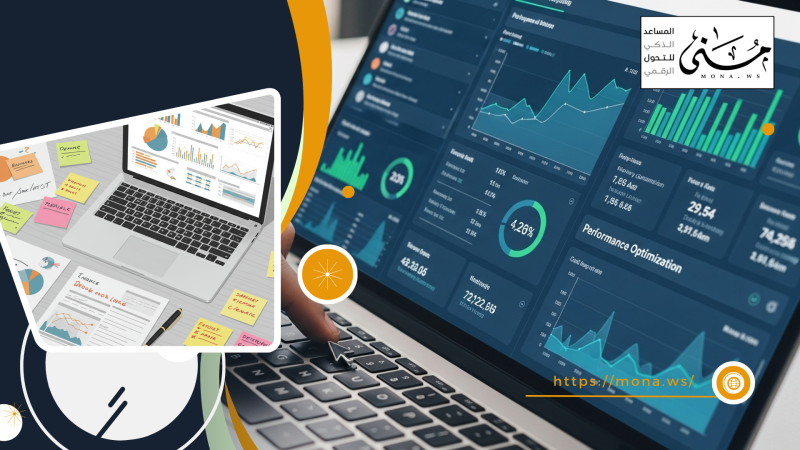

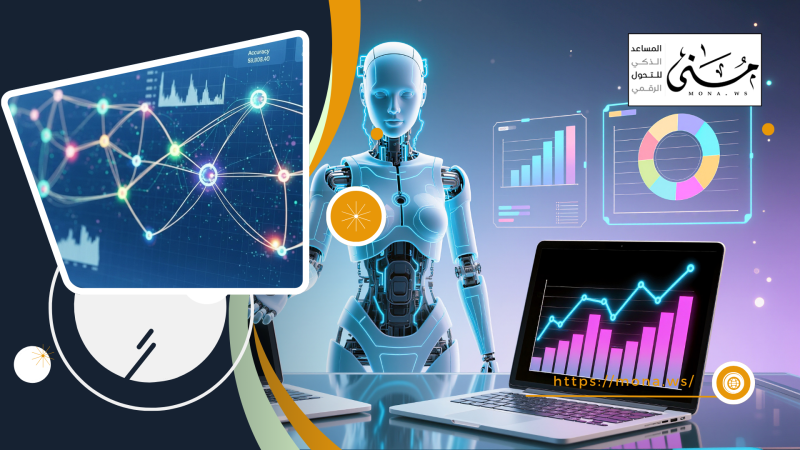

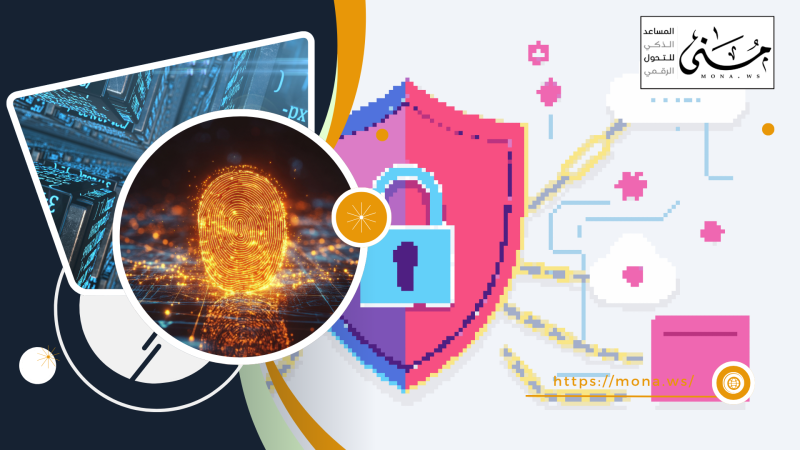
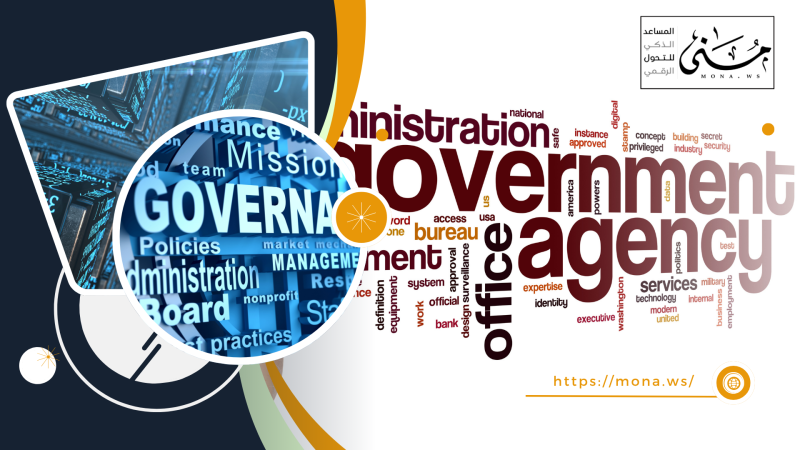
Comments
Add New Comment